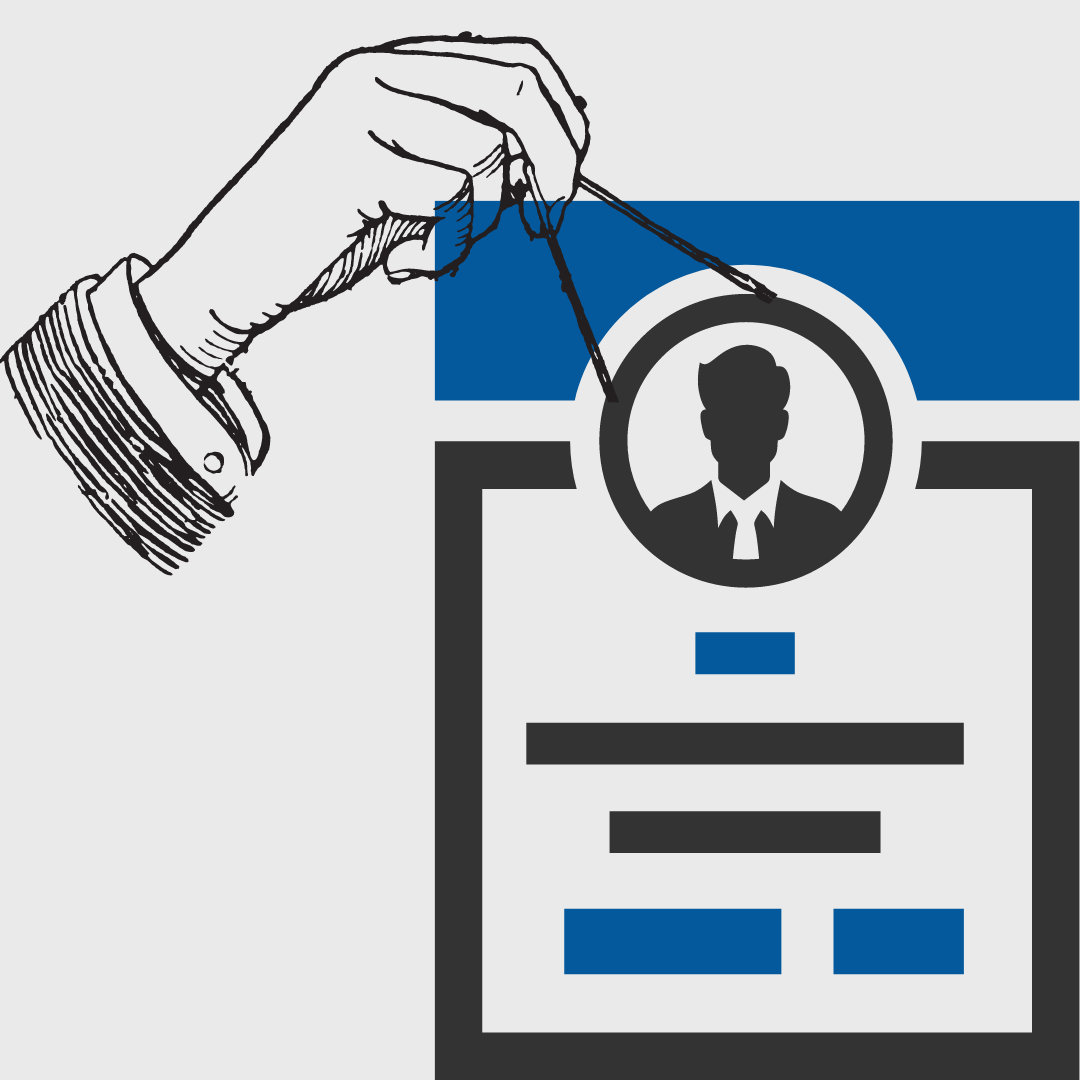
A recent report from Check Point Research has uncovered a startling statistic: nearly half of all global phishing attacks involve impersonating the Microsoft-owned business platform, LinkedIn.
Scammers often exploit LinkedIn by targeting individuals who are seeking new job opportunities or career changes. While emails with subjects like "You have 1 new invitation" or "Your profile has been viewed by 63 people" might appear legitimate, it is crucial to verify the sender's email address to confirm its authenticity. These impersonators craft emails that closely mimic genuine LinkedIn communications, directing recipients to fake LinkedIn pages designed to steal their information upon entry.
Another tactic used by cybercriminals involves creating fake LinkedIn profiles and messaging users about job opportunities. Once they've gained a victim's interest, they might request a small upfront payment to process the application (which the victim will never see again) or provide a link to a form that is actually a phishing link in disguise.
LinkedIn is aware of these threats and is actively working on developing advanced security features to protect its users. Here are three security measures that have already been implemented:
1. Suspicious Message Warnings - LinkedIn's technology can detect messages from individuals who are trying to lure you away from the platform or are communicating something potentially inappropriate, and will send you a warning notification.
2. Profile Verification - This feature allows you to verify your page's authenticity. By submitting an additional form of ID, you can get a verification badge on your profile, so anyone who looks at it knows you are who you say you are. This is a valuable feature since scammers are always looking for fresh targets and have pages that get shut down quickly, so they don't often bother keeping information up-to-date.
3. Profile Information - This feature enables you to view the details of a person's profile, assisting you in deciding whether to respond to a message, accept a connection request, trust an offer, and more. To access this information under your profile, click on "More" and choose "About this profile" from the drop-down menu. You will then see information such as:
- When the profile was created.
- When the profile was last updated.
- Whether the member has verified a phone number.
- Whether the member has a work e-mail associated with their account.
4. AI-Generated Profile Picture Detection - Scammers often use AI to create realistic profile pictures of fake individuals for fraudulent profiles. Alarmingly, LinkedIn's research revealed that users generally struggle to visually distinguish these AI-generated faces from real ones. To address this, LinkedIn partnered with academic institutions to develop and implement advanced detection features. These features enable LinkedIn to identify AI-generated profile pictures and shut down the associated profiles before they can cause any harm.
Do you use LinkedIn to find jobs, employees or clients? It's a great resource for business, but it's important to stay secure. However, LinkedIn's features are just the first line of defense. If someone in your organization were to fall for a scam and click a bad link, would your internal security solutions be enough to protect your network?
We can help you find out. We'll do a FREE Consult to help you decide what your next step is with an IT provider. To book yours, call us at 954-327-1001 or click here to book now.





